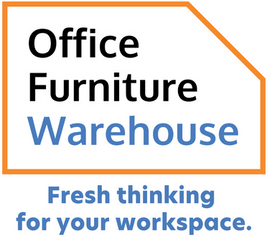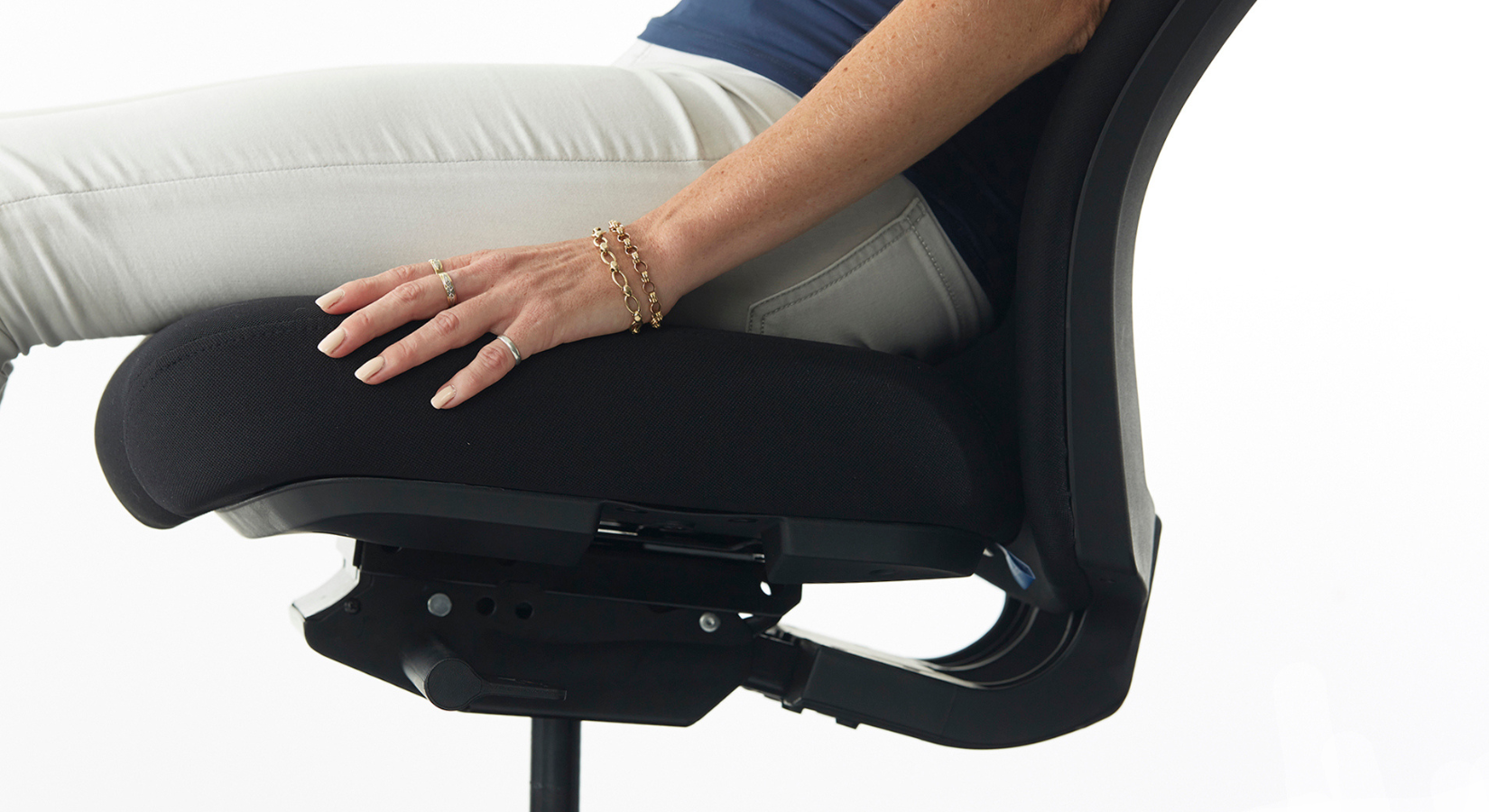In today's fast-paced work environment, many of us find ourselves spending long hours seated at a desk. With the rise of remote work and flexible office spaces, the importance of using an office chair correctly has never been more critical. But why do I need ergonomic chairs in my office? This question is fundamental to understanding how proper seating can impact our health, productivity, and overall well-being.
The Impact of Poor Posture
One of the most significant reasons to use an office chair correctly is to maintain good posture. Poor posture can lead to various physical issues, including back pain, neck strain, and even headaches. When we slouch or lean forward while sitting, we put undue stress on our spine and surrounding muscles. Over time, this can result in chronic pain and discomfort that may hinder our ability to work effectively.
Ergonomic chairs are designed to support the natural curvature of your spine. They encourage users to sit upright with their feet flat on the floor and their knees at a right angle. By promoting good posture, ergonomic chairs help reduce the risk of musculoskeletal disorders that can arise from prolonged sitting.
Enhancing Comfort and Productivity
Comfort plays a crucial role in productivity. When you're uncomfortable in your chair, it's challenging to focus on your tasks effectively. An ergonomic chair provides adjustable features such as seat height, lumbar support, and armrests that cater to individual preferences. This customisation allows you to create a comfortable workspace tailored specifically for you.
When you're comfortable in your chair, you're less likely to experience distractions caused by discomfort or pain. This means you can devote more energy towards your work rather than shifting around trying to find a comfortable position. In essence, investing in an ergonomic chair not only enhances your comfort but also boosts your overall productivity.
Preventing Long-Term Health Issues
The consequences of poor seating habits extend beyond immediate discomfort; they can lead to long-term health issues as well. Studies have shown that individuals who spend extended periods sitting without proper support are at a higher risk for conditions such as obesity, cardiovascular disease, and diabetes.
By using an ergonomic chair correctly, you are taking proactive steps towards safeguarding your health. These chairs are designed with features that promote better circulation and reduce pressure points on your body. For example, many ergonomic chairs have seat cushions that distribute weight evenly across the surface area—this helps prevent numbness or tingling in the legs caused by prolonged sitting.
The Importance of Movement
While having an ergonomic chair is essential for correct seating posture, it's equally important to remember that movement is vital for maintaining health during long hours at a desk. Sitting for extended periods can lead to stiffness and decreased flexibility over time.
To counteract this effect while using an office chair correctly:
- Take Regular Breaks: Stand up every 30 minutes or so—stretching or walking around for a few minutes can significantly improve circulation.
- Incorporate Movement: Consider using standing desks or adjustable desks that allow you to alternate between sitting and standing throughout the day.
- Perform Desk Exercises: Simple stretches or exercises can be done right at your desk without requiring much time away from work.
By integrating movement into your routine alongside using an ergonomic chair properly, you'll enhance both physical comfort and mental clarity.
Choosing the Right Ergonomic Chair
Now that we've established why do I need ergonomic chairs in my office? it's essential also to understand how to choose one that's right for you:
- Adjustability: Look for chairs with adjustable height settings so you can align them with your desk properly.
- Lumbar Support: Ensure there’s adequate lumbar support tailored for lower back comfort.
- Seat Depth: The depth should allow you to sit comfortably with your back against the backrest while leaving about two fingers' width between the back of your knees and the seat edge.
- Material Quality: Opt for breathable materials that provide comfort during long hours of use without overheating.
Using an office chair correctly is not just about aesthetics; it’s about creating a healthy workspace conducive to productivity and well-being. Investing in an ergonomic chair is one way we can take charge of our health while working long hours at our desks—helping prevent discomfort now while safeguarding against potential long-term issues later on. See our range of ergonomic office chairs to get your office set up the right way.
As we navigate through modern work environments—whether from home or within traditional offices—the question "why do I need ergonomic chairs in my office?" becomes increasingly relevant as we strive towards healthier working habits that benefit both our bodies and minds alike!


